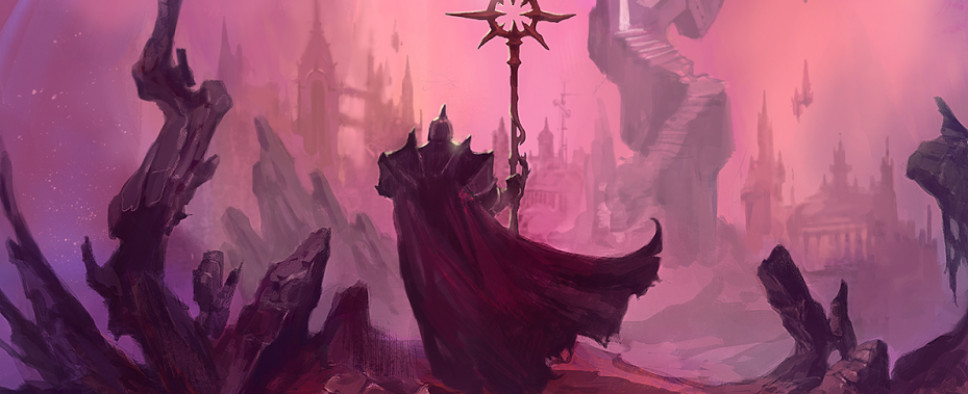Julian Gollop on His Most Important Games
-
Category: News ArchiveHits: 1491

Julian Gollop, the mastermind behind the original X-Com series who is currently busy with Phoenix Point over at Snapshot Games, is anything but a one-trick pony, having worked on a bunch of different games throughout the years. And if you'd like to read what the man has to say about his most important projects, you should check out this PC Gamer article. Here's just one example:
Magic & Mayhem
Developer: Mythos Games
Publisher: Virgin Interactive
Format: PC
Release: 1998
"We switched publisher to Virgin Interactive and we had a four-game deal with them. The first project was going to be Magic & Mayhem, and the idea was to create a wizard casting game, loosely inspired by the original Chaos but this time with a realtime game system and a campaign structure where you’d go from one region to another fulfilling various mission objectives.
We put a lot of effort into the core mechanics of the spellcasting, where you combined items with Law, Chaos or Neutrality talismans to create different spells at the beginning of each level. It was a nice game system, but the singleplayer aspect of the game was a bit of a struggle. It was almost an afterthought, and we wanted to have a much more heavy RPG flavour to the game so you could customise your character, a lot more progression systems.
Virgin Interactive really pushed back against this. We started to make it before Diablo came out, and it was also before Baldur’s Gate, which was the real milestone in RPGs. They said RPGs don’t sell, which was, of course, complete rubbish. They wanted to make it much more RTS-focused, partly because of Command & Conquer, which was very popular at the time. They took us on a trip to Las Vegas to have an audience with Brett Sperry, who founded Westwood Studios, to get his input.
One of the things we struggled with was how to generate the art. It was a bit crazy but we had this idea that we’d make all the creatures out of plasticine, put an armature inside them and do stop-motion animation, putting them on a turntable and to take shots of them from eight different angles with a video camera for each pose. Then we’d process the images in Photoshop, replacing the background with blue and shrinking down to the sprite.
It sounds a nice simple system, but we had an absolute nightmare in the cleanup of all the graphics. We had to employ people to process them and there were so many mistakes, including losing entire sequences of images. Each creature had a death sequence which usually meant the destruction of the model itself. We found there were some animation problems, some things we’d forgotten to do, and we couldn’t go back and do them because the model had been destroyed! So it was just crazy.
It also had a difficult release. Virgin Interactive weren’t doing too well. Westwood Studios had been sold to EA and they had to do a deal with Bethesda, who were helping fund the game, and they sold it in the US. It sold okay in Europe but not so well in the US, probably because by the time it was released the graphics were looking quite dated and the game system didn’t know what it wanted to be. It had RPG and RTS elements but they weren’t really there. It was a difficult project which didn’t work out so well, though quite a lot of people liked it."

